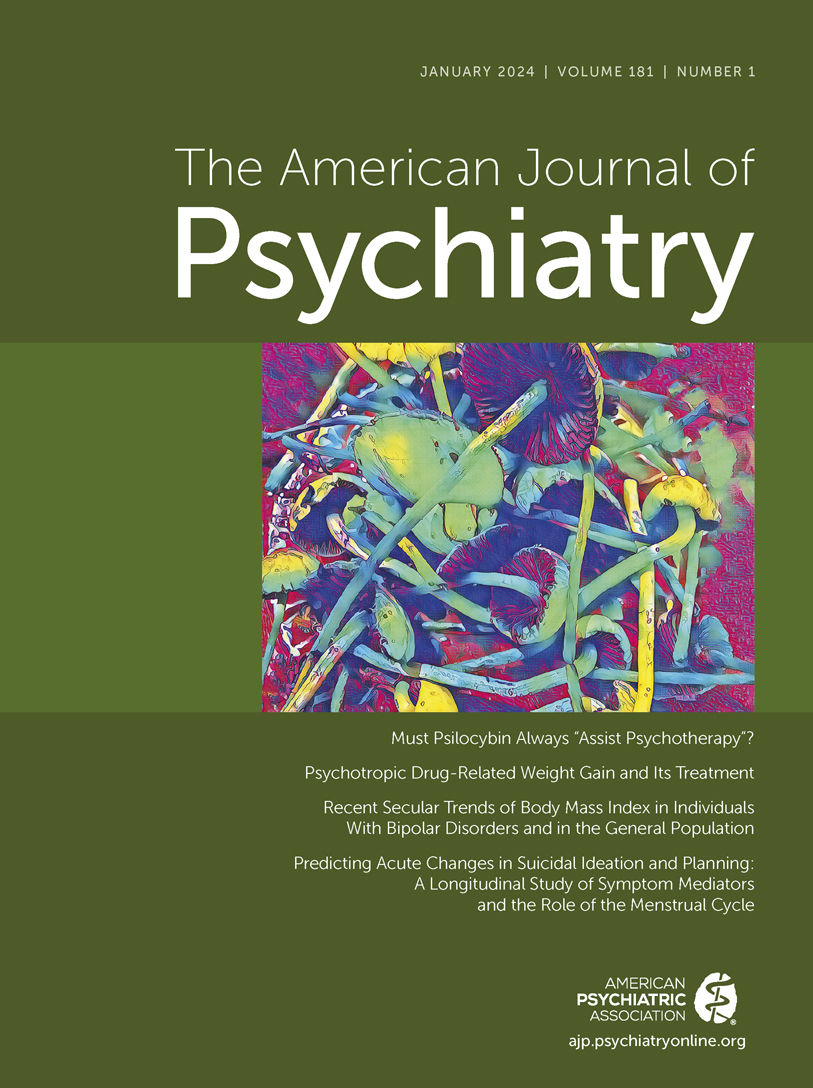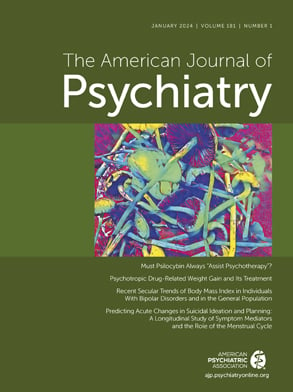Suicide and the Menstrual Cycle
“And arbitrary blackness gallops in…”—“Mad Girl’s Love Song,” by Sylvia Plath
Why Would We Think That Suicidal Ideation, Suicidal Planning, and Affective Symptoms Would Be Related to Menstrual Cycle Phase?
The Categorial Approach: Do Reproductive Hormones Play a Causal Role in Menstrual Cycle–Related Behavioral Symptoms?
The Dimensional Approach: Does the Menstrual Cycle Decrease the Threshold for Suicidal Ideation and Planning?
How Might the Menstrual Cycle Influence the Emergence of Suicidal Ideation?
What Is the Take-Home Message From These Data?
References
Information & Authors
Information
Published In
History
Keywords
Authors
Competing Interests
Metrics & Citations
Metrics
Citations
Export Citations
If you have the appropriate software installed, you can download article citation data to the citation manager of your choice. Simply select your manager software from the list below and click Download.
For more information or tips please see 'Downloading to a citation manager' in the Help menu.
View Options
View options
PDF/EPUB
View PDF/EPUBLogin options
Already a subscriber? Access your subscription through your login credentials or your institution for full access to this article.
Personal login Institutional Login Open Athens loginNot a subscriber?
PsychiatryOnline subscription options offer access to the DSM-5-TR® library, books, journals, CME, and patient resources. This all-in-one virtual library provides psychiatrists and mental health professionals with key resources for diagnosis, treatment, research, and professional development.
Need more help? PsychiatryOnline Customer Service may be reached by emailing [email protected] or by calling 800-368-5777 (in the U.S.) or 703-907-7322 (outside the U.S.).

